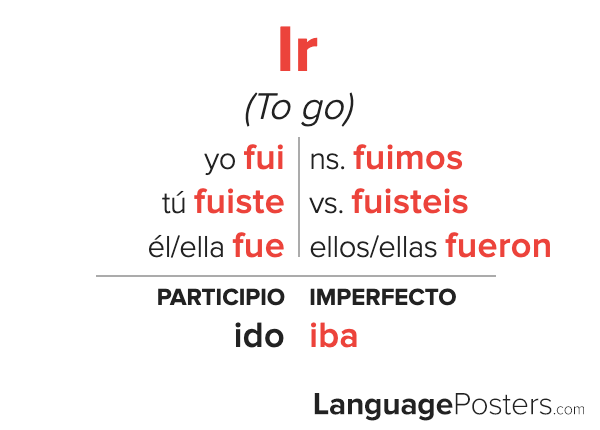
And the more you practice, the easier it gets to express yourself! Look out for the different forms of ser and estar in your next Duolingo lessons, and see which DOCTOR or PLACE situation each sentence fits with!Īnd don't forget to check your answers below!. Mis padres _ estudiando español también.Īs you can see, ser and estar are some of the most important verbs in Spanish, because they are so useful! Now you have a great way to remember when you need to use one over the other. 💡 That one has to be está (a form of estar) because the sentence is describing an emotion.ĥ. How did you do? Too easy? Try Challenge 2 when you are ready! 💡 That one has to be es (a form of ser) because the sentence is describing a relationship.ģ. You'll find the answer key at the end of the post. Keep in mind the DOCTOR uses for ser and the PLACE uses for estar.

Ready to put these tips to the test? Try these two challenges! Use estar when you want to talk about your feelings Use estar when you want to talk about the state of something or someone Note: For Action, you'll also need the -ing form of the second verb! Use estar when you want to describe what someone is do ing. Use estar when you want to talk about where something or someone is Use estar when you want to talk about where something is placed There is also an easy way to remember some of the most common uses of estar, and that's by remembering the acronym PLACE: Each letter stands for one of the situations in which you'll use estar! Just like ser, estar is also an irregular verb that you'll get lots of practice with! Here's how you conjugate it: ESTAR (to be) Conjugation
#PAST TENSE SPANISH ESTAR HOW TO#
How to conjugate estar and when to use it Use ser when you want to talk about your relationship with someone Use ser when you want to talk about where someone or something is from Note: Remember to use es for 1:00 because it is one hour (singular) and son for all the other times because they're more than one hour (plural)! Use ser when you want to talk about the time.

Use ser when describing physical characteristics, qualities, or personality traits Use ser when you want to talk about your occupation Use ser when you want to give someone the date There's an easy way to remember some of the most common uses of ser, and that's by remembering the acronym DOCTOR: Each letter in DOCTOR stands for one of the situations in which you'll use ser! Here's how you conjugate ser: SER (to be) Conjugation But you'll see the forms of ser so often that you'll get lots of practice with them! Like all Spanish verbs, ser will change depending on who the subject is-we do this in English, too, by saying I am but she is. Ser is an irregular verb, which means that it doesn't follow the regular pattern for verb endings. You'll never have to struggle with these two again! Here's what you need to know about how to conjugate ser and estar, the most common uses of each, and some easy ways for you to remember the difference.

It can help you to consolidate your knowledge and confirm you’re using the verbs correctly.ĭon’t forget – keep practising your verb conjugations too.If you are a new Spanish learner, you've probably wondered about the difference between ser and estar, two verbs that can mean “to be.” Not to worry! There are lots of tricks to learning ser and estar and when to use each. Or find a handy Spanish mobile app for quick reference. Looking at examples in context and checking lists like this one can also be useful. You might find yourself being corrected from time to time in the beginning, but the more you listen and practice, the more you’ll notice which expressions require the verb ser and which require the verb estar. The key to finally grasping the difference is a combination of listening, completing verb exercises and putting it into practice when you have conversations with Spanish speakers. Spanish language teachers (and Spanish courses) spend a lot of time teaching the difference between ser and estar – that’s because it can be very tricky! Hopefully the difference between ser and estar is now clear It requires the verb estar and not ser because this sentence describes a condition and also refers to a person’s health. This sentence uses un verbo de deseo and the conjunction que, which means the subjunctive tense is required.


 0 kommentar(er)
0 kommentar(er)
